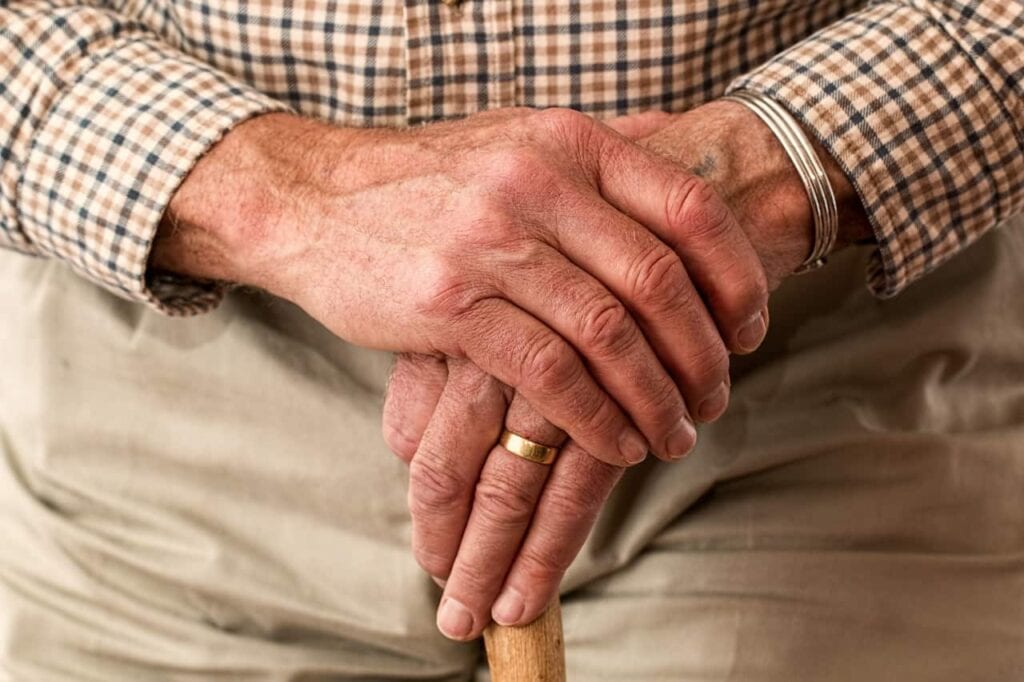Living with a rare disease can be difficult. Carlos, who has myositis, knows all about this. His mobility has been declining, and he is now in a wheelchair. His doctors tell him that he will soon be “non-mobile.” Because of this he lives with his parents, who also act as his caregivers. But as they age, it is becoming more and more difficult for them to provide Carlos with the care that he needs.
About Myositis
Myositis falls into two types: polymyositis and dermatomyositis. The former causes muscle weakness in the muscles closest to the trunk, while the latter does the same and results in a skin rash. Both of these types lead to symptoms like issues with climbing stairs and rising from a chair, difficulty raising one’s arms, fatigue after standing or walking, pain and soreness in the muscles, and trouble with swallowing and breathing. Medical professionals are unaware as to what causes this condition, but they do note that it is very similar to autoimmune disorders. There is currently no cure either, but treatments exist to improve muscle function and strength.
Being a Caregiver
In the past few decades there has been a much larger number of people with disabilities who receive home care rather than living in an institution. This switch is positive, as home care costs less and is often preferred by disabled people. However, issues still exist within the system. There is not enough access to respite, not enough home care hours, and not enough supportive housing. Because of these problems, family members have stepped in to ensure that the necessary care is being received.
With family members taking up the roles of caregiver, a new problem arises. What happens when they are no longer able to provide care, whether that is due to age or something else?
In an ideal world, caregivers would be able to lean on developmental services if they needed help. But as these systems are facing issues themselves, that is not the case. There are waiting lists, and people from the services and caregivers are stretched thin. This results in 33% of primary caregivers with feelings of “distress, anger, or depression.” Unfortunately, this can lead to cases of abandonment of disabled people and more disabled people ending up homeless.
The number of people with developmental disabilities is growing in Ontario, leading to more issues with the systems to help them. To combat this, there has been an investment of $810 million over the next three years from the government. They also have a plan to move away from parental care and towards respite care, which will occur in stages. Hopefully all of the work they are putting in will lead to better lives for both disabled people and their caregivers.
Find the source article here.








